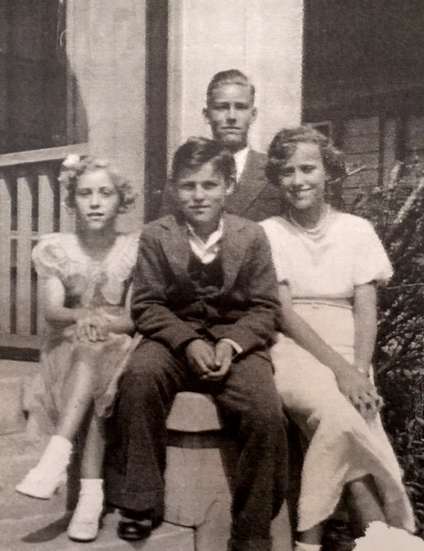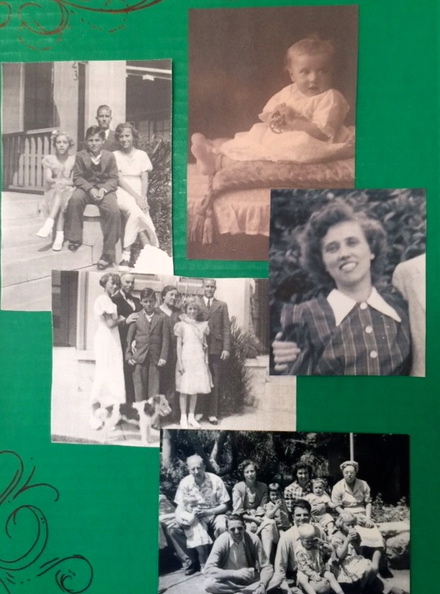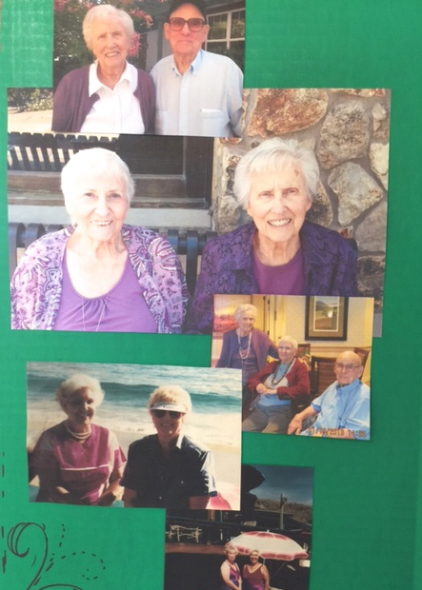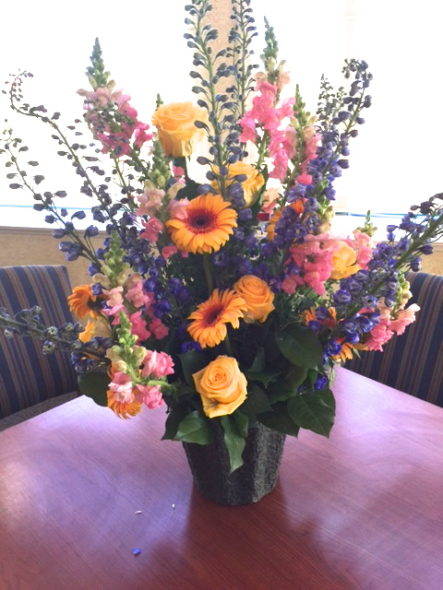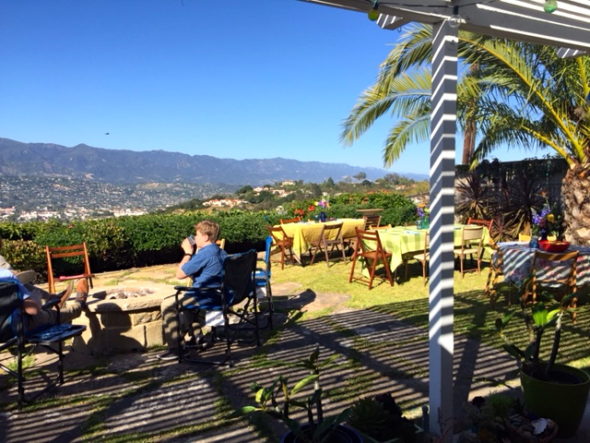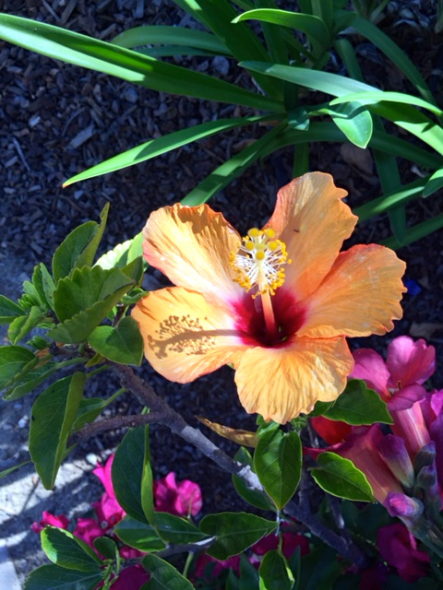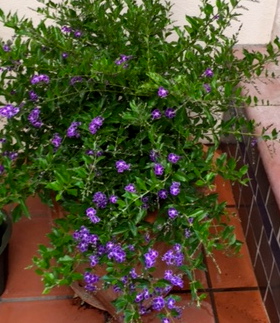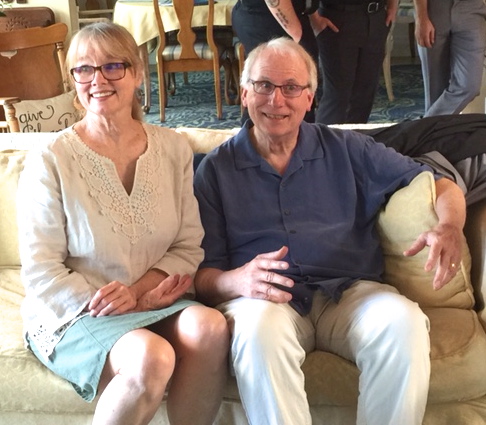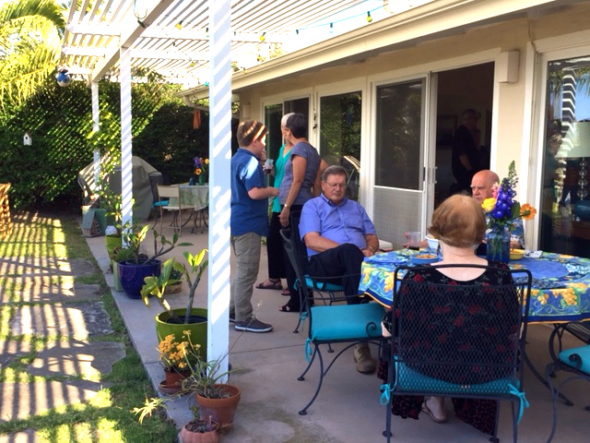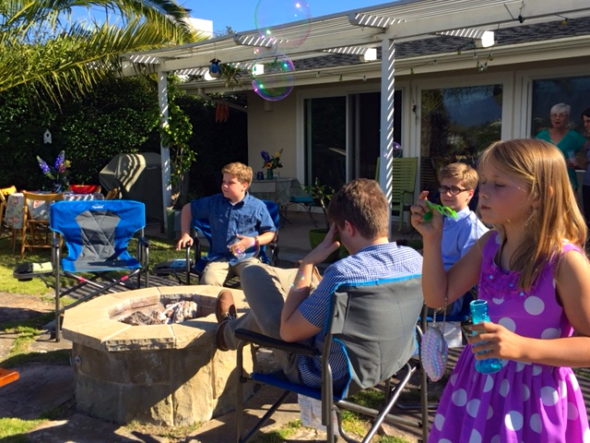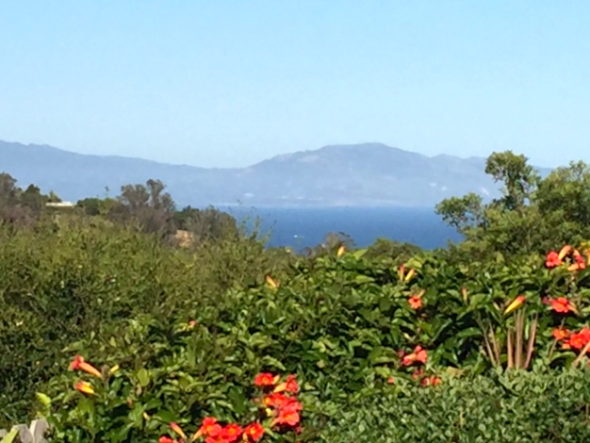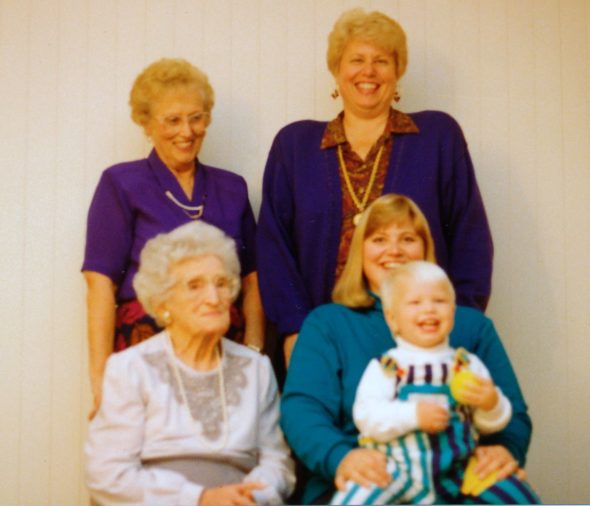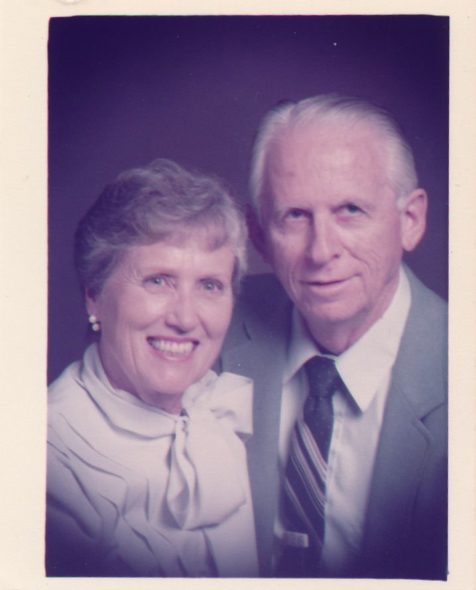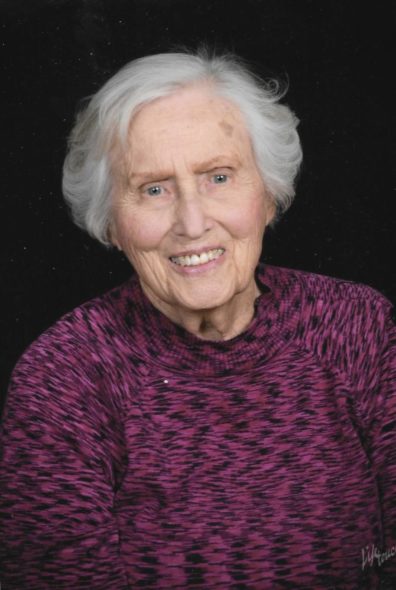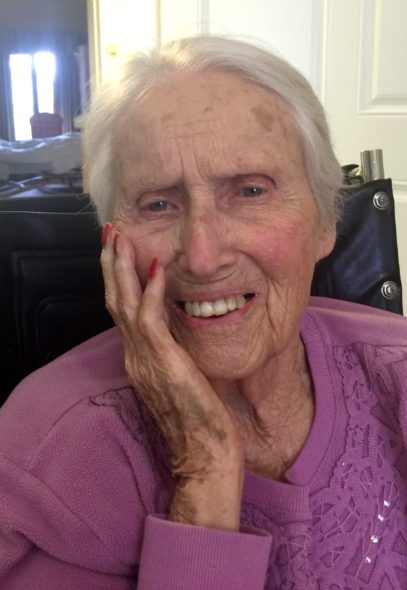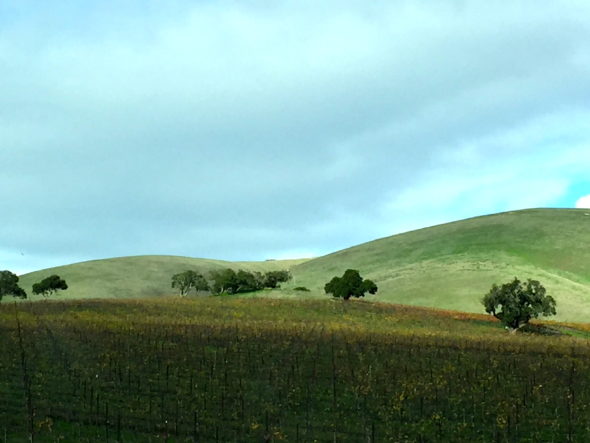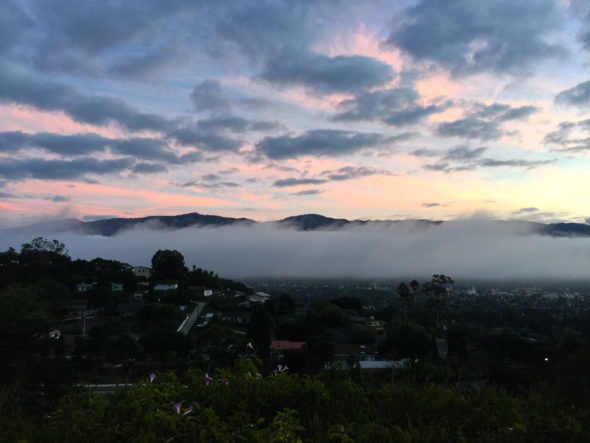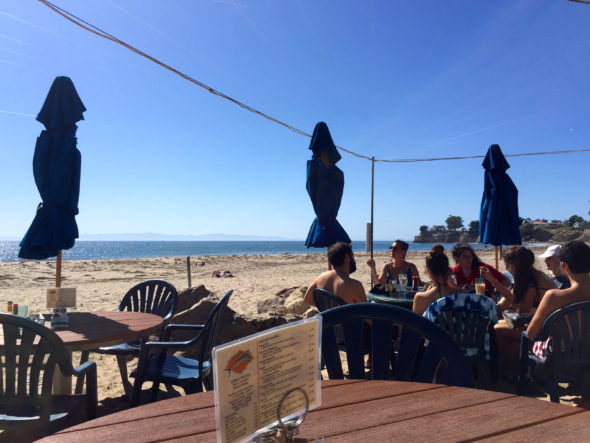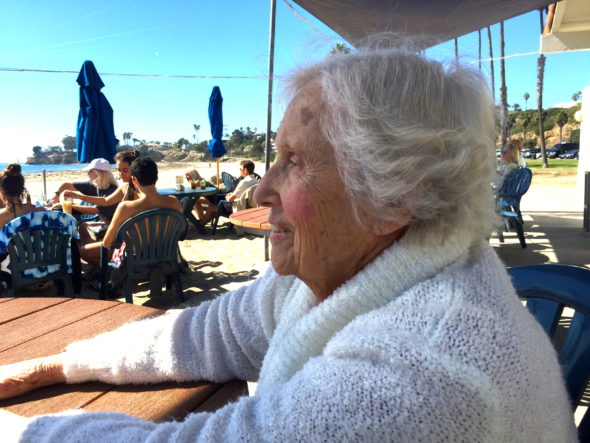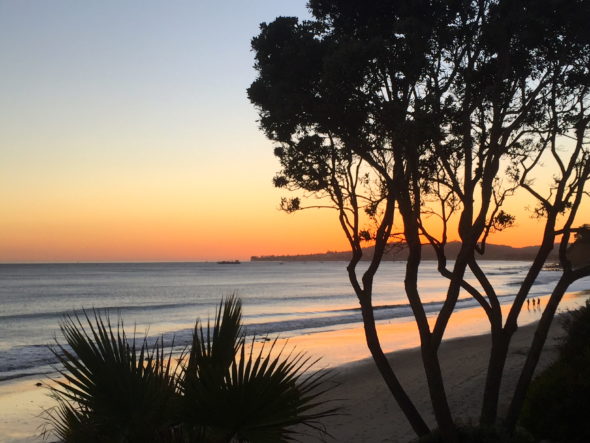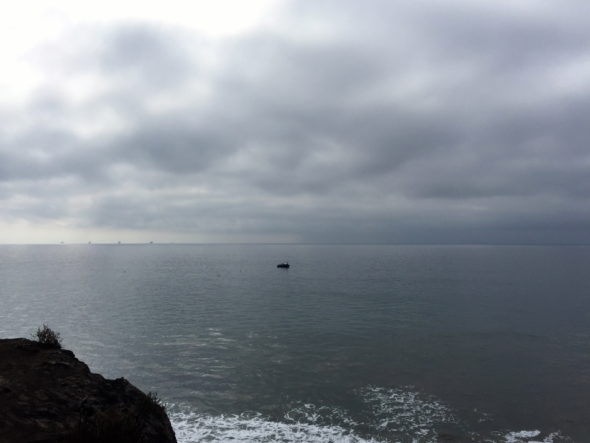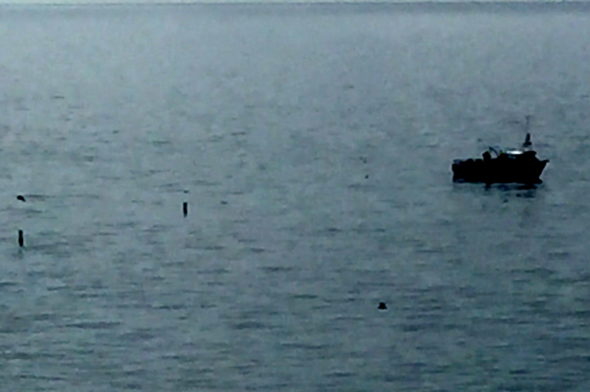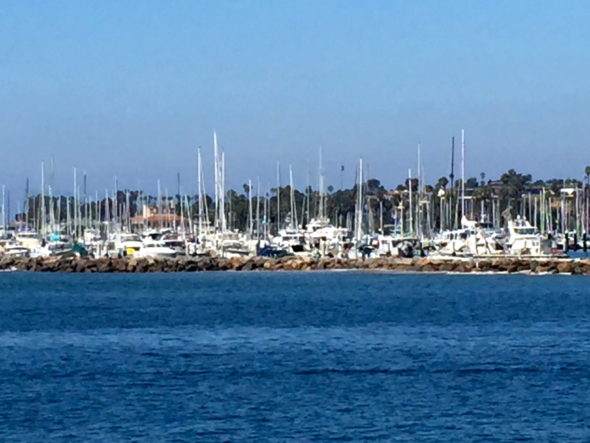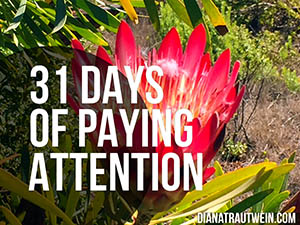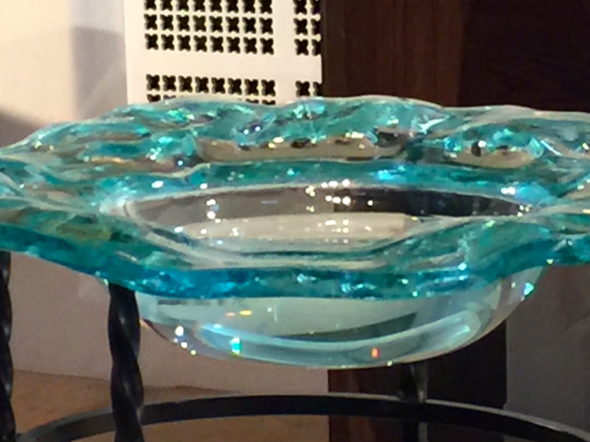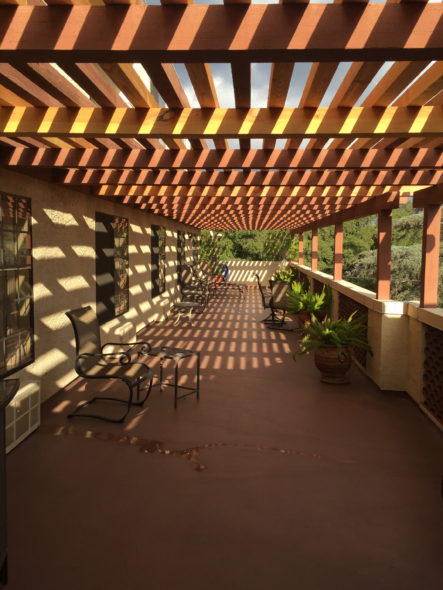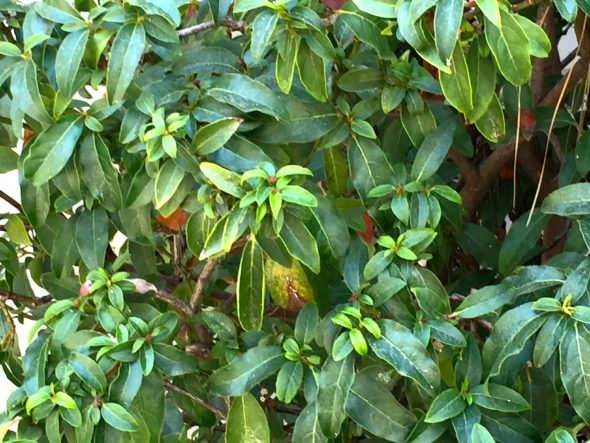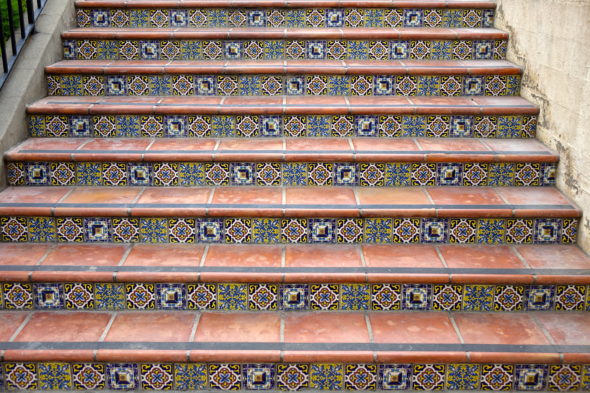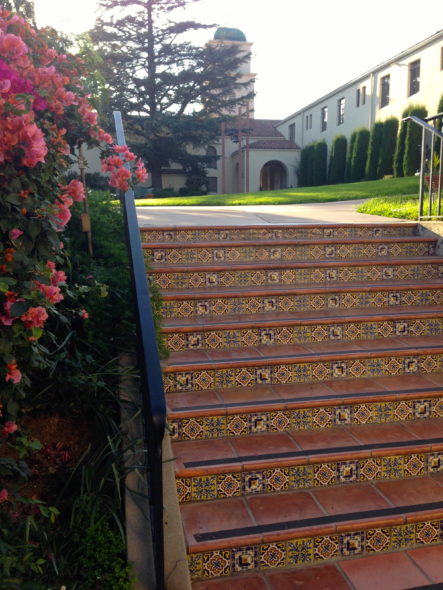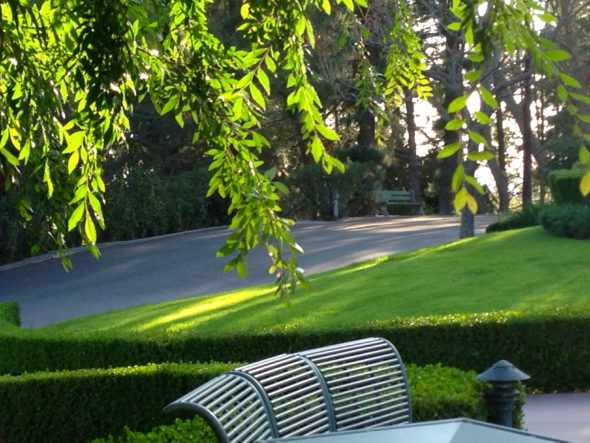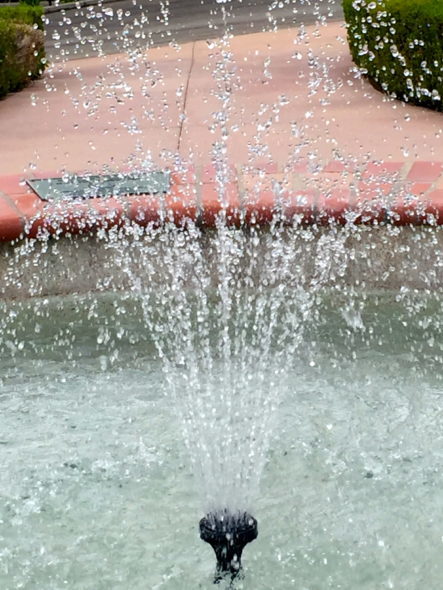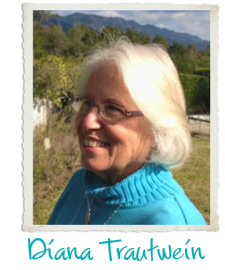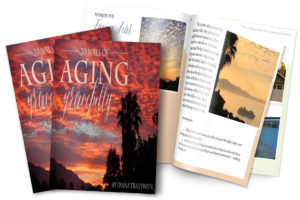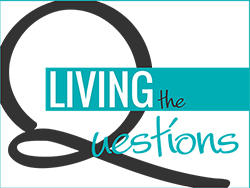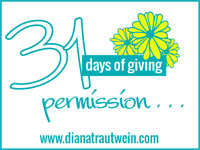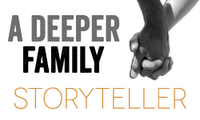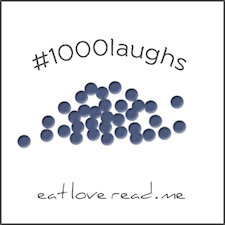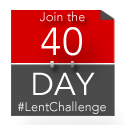It’s been a weekend.
Yesterday, we held a memorial service for my mother. My brother was well enough to travel south and as soon as he, his wife, Sandy, and their daughter, Rachel, arrived at our home on Friday night, I put the women to work creating this wonderful photo montage for the reception after the service.
Both of them are talented artists and I was relieved to pass along this last task connected to what was a grand day of celebration and thanksgiving. About 75 of us gathered in the chapel at The Samarkand. Together, we worshiped God and celebrated mom’s life. It was a gift and a privilege to share stories, to laugh, to tear up from time to time, and to mark the passing of this valiant, vibrant woman, the last of her generation to leave us.
I’m including the words of remembrance that I shared yesterday so that family members who could not be there can read and remember with us. Some photos from the day, too.
A lovely collection of snapshots covering several decades of mom’s life.
“For the first few years of my life, she was ‘mommy’ to me. From about the 3rd grade on, she became simply, ‘mom.’ And during these last, hard years, the name that most often came to my lips was, ‘mama.’
“I think that choice was the natural one because she had become so very frail and ‘mom’ seemed far too robust to use. I also think it came naturally because it has a tender sound, a diminutive feel. She became smaller and smaller over these last four years at the Samarkand. With each move, we re-distributed more and more of her material belongings until little was left. Her life, her surroundings, became smaller and smaller. And she herself began to shrink away from us. As she stopped even wanting to eat, she gradually became quite tiny, almost wraith-like.
Eileen, Harold, Ruth, Al, in the back. I think Mom was about 12 in this picture.
“The irony in that, of course, is that it was her lifelong desire to be smaller than she was! Oh, how she wrestled with her weight. And she passed that wrestling right on down to me, in all kinds of ways — some of them undoubtedly genetic. But some of them, having a lot more to do with appearances, with wanting to please others, with a deep yearning to be something, someone, other than who and what she was.
Days gone by (long gone by!)
But here is what I have I learned as I have walked with my mother through this last, long part of her journey on this earth: the truest thing I know about my mother is that she was BEAUTIFUL, in every way I can think of. The saddest thing about my mother is that she never really knew that.
Oh, how I hope she knows it now!
Al passed away in his early 50’s, but mom and Harold and Eileen lived long and stayed close.
Mom was the last to leave us.
My dad’s distant cousin, Jan Baylor (whom we called Earleen – her middle name, after her father Earl), was a fun friend for mom, especially during the middle decades of her life. She’s in the bottom left photo and the very bottom one, which you can barely see — in identical swimsuits (unbeknownst to them until mom visited Jan at her trailer near the beach!)
My mother radiated light. At her best, she was the most fun person I’ve ever known. She had a bawdy sense of humor and a great laugh; she took delight in her children and her grandchildren, adored her husband — even when he frustrated the daylights out of her — and she particularly loved seeing and creating beautiful things. She had an artist’s eye for color, enjoyed a minimalist, mid-century sense of décor, and could become rapturous over a sunset, a seascape, a forest or a tiny baby.
See that look of delight on her face? Yeah, we saw that a lot at Christmas! That’s my brother Tom, back in the day . . .
Every once in a while during these last years, I would catch a glimpse of that great sense of humor and it always delighted me. Here are two small stories I recorded in my journal, one from Christmas of 2014, the other from April of last year:
Story number one, from Christmas Lunch in Heritage Court at the Samarkand:
“After lunch, we went back to her room, and she asked the same set of questions that she’s asked the last few times we’ve talked. And when I answered I tried to speak clearly. But her hearing is so bad, that she struggled to understand. Finally, the third time she asked me to repeat myself, I spoke very loudly, very slowly, very distinctly, and she looked at me, smiled and said, ‘THANK YOU,’ at the top of her lungs! It struck me as something the ‘old’ mom would do. And it made me laugh out loud. I was so tired and emotionally vulnerable — I got started laughing and couldn’t quite stop. And I remember thinking, ‘well, it’s better than crying.’”
Goofing it up at a Christmas spent in Tom and Sandy’s cabin in Julian CA
And another story, from a year ago April, during one of our twice-weekly lunches out:
Today’s theme song was, “The Old Rugged Cross” and she sang pieces of it through our entire time together. I was able to find a couple of versions of it online and play them in the car as we drove south toward the water.
She does love taking this drive. She comments on the cars, on the houses, on the large numbers of people. The confines of her world these days are very restricted, very limited. When I take her out into the wider world, she is struck with wonder.
It is good to see where I live through her eyes, as I too often take it all for granted. We ate at Longboard’s, overlooking the harbor. And there was a cruise ship in town today, unloading its throngs of people to sit on various tour buses and populate the local seaside restaurants. The wait staff was extremely slow because of the increased numbers, and as we were waiting for our food, she said, rather than sang these two lines from the day’s theme song: “so I’ll cling to the old rugged Cross, and exchange it someday for a crown.”
And then she said, “And sometime between now and then, I’d really like a little something to eat!”
And we both busted up. These sweet moments are flashes of the mama I have always known, and I am so grateful for them.”
There were two of these glorious arrangements for the service. We left one for the chapel service this morning and took this one home to re-use it as table decor for the family dinner that came after the reception at The Samarkand.
She was, as I told the staff here and at Hospice, the most flaming extrovert I have ever known. She loved people, was a caring neighbor and built friendships that lasted for decades. A friend reminded me the other day that on that first Valentine’s Day after my father’s death in 2005, she went to CVS and picked up a half dozen small boxes of chocolates to take to all the widows she knew at Hillcrest, their retirement community in La Verne CA. She knew their sweethearts would not be remembering them on that day. She kept up the chocolate-giving until she had to move into assisted living in 2012.
Each of mom’s grandchildren participated in reading scripture for her service. Our three are in the top photo, doing the Old Testament readings — L to R, Lisa, Eric, Joy
The bottom picture includes Jacob Gold and Jeremy Morgan, my brother Ken’s two sons, and Rachel and Dylan Gold, Tom and Sandy’s two children.
The disease that took her life is a cruel one, a thief with no mercy, slowly stealing memory, cognition, discernment, even personality. But in my mother’s case, dementia was never able to destroy the core of who she was.
And the core of my mother was her faith.
From about the age of fifteen, my mother was an ardent follower after Jesus, wanting to go deep, to learn, to practice resurrection from day to day. Even though her background was conservative, she and my dad somehow managed to grasp the truest things about the Christian faith and to let go of much of the judgment, fear, simplistic jargon, and insider/outsider mentality that has come to characterize too much of the modern church.
It was a beautiful and VERY WARM afternoon for an early dinner, planned and executed by my three kids and their spouses — thank you, thank you, THANK YOU to each of you.
She was grateful for her roots, for the women at Trinity Methodist Church who befriended her and encouraged her leadership skills, even paying for her to go to a special training event put on by Henrietta Mears, one of the first women leaders in the Presbyterian church of the 20th century. But she was always searching for more – and she read widely and well in order to learn more. She was not a perfect person — who is? But, man, she was a good one.
Our funky but fun covered atrium entry greeted guests with bright colors, wooden signs . . .
I believe, in the deepest part of me, that what I saw in my mom as she slowly faded away from me, was a reflection of the light of Jesus. She always let it shine. Always. Just about 40 hours before she died, she reached out to kiss my hand as I straightened her bedding. Days before she left us, she offered that beautiful smile and those kind words — ‘thank you so much!’ ‘You look so beautiful today.’ ‘I love your hair.’ By that point, almost nothing else she said hung together with any kind of sense. But those short, kind compliments? They remained. They remained.
. . . and some glorious blossoms, too.
Now Tom and I could tell you tales of tears, of anger, explosive and sharp, of deep-seated insecurities that often made her fearful and sometimes harsh. But you know what? As hard as those days were for us — and they were — over the span of our lives and hers, they amounted to so little. As she grew in her faith, as she and dad grew more deeply in love over the years of their marriage, and as she experienced more and more of the Love with a capital “L” that she and I believe is the power that sources our entire universe, those hard days became less and less frequent.
My dear brother, Tom, with his amazing and talented wife, Sandy.
I had the gift of a good home and that enabled and instructed me in creating what I hope was a good home with Dick for our kids. Over these last years, I have been struck again and again by how central my mother was in my own formation and ultimately, in the formation of my kids, and now my grandkids. She came from such a place of damage, with an alcoholic father and a mother who worked full-time. But she was found by God and loved by the aunts who helped to raise her, by those women at Trinity Methodist, and then by my dad. And that made all the difference.
Although our brother Ken passed away in 2009, his kids were part of the day — R to L,
Christina and Jeremy Morgan (I had the great gift of marrying these two five years ago; they have an adorable baby boy who did not make the three hour drive with them); Jacob Gold and his fiance, Kevin Herrera.
Of much deeper importance than the scars I bear from my early life, are the graces that mark me because of my mother. She was the primary spiritual influence on me for many years and I am so very grateful for that truth. She modeled the honest, searching spiritual journey. She also modeled loving hospitality, and a great sense of fun and creativity.
Our eldest grandson Ben, who arranged for some fun home movies to run on the TV in the reception hall at The Samarkand and made a video of the service, catching up with our son-in-law, Marcus
What rises to the top is her goodness. Her generosity. Her great good humor, her searching intelligence, her love for us. My brother Tom said it on Facebook this last Mother’s Day, “Ninety-five years with us. Loving, smart, funny. Give me a choice of all the mothers in the world and I’d choose the one I had.”
Yup. Give me the choice of all the mothers in this world, I’d choose the one I had.
In a heartbeat.
Several long-time friends from Pasadena made the drive north and stayed for dinner.
A gaggle of granchildren
I discovered this sweet note which I believe was created by the 11-year-olds and signed by a couple of the older grandkids. And late last night (after I had collapsed into bed!), my youngest granddaughter had her mom send me a text telling me she was sad that my mama died and that she loved me. I discovered it on my way out the door today to lead in worship — another story I’ll post about later this week. It was a rich, rich weekend. But. . . we’re really, really, REALLY glad it’s over now.
One of the best things about memorial services is the reunion piece. It was wonderful to see cousins re-connect at three generational levels, to sit and visit with old friends, and to savor the beauty of a life, well-lived.
We miss you, Mama. But we had a GRAND time saying good-bye. You would have loved it.


